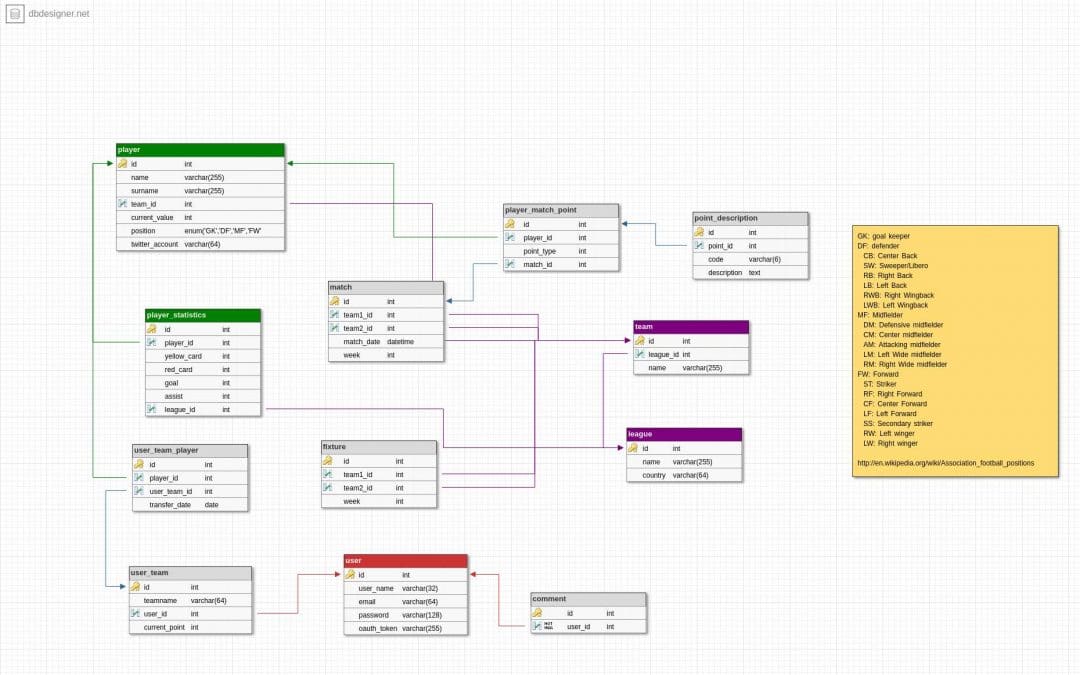

- #Mysql in oracle sql developer for free#
- #Mysql in oracle sql developer update#
- #Mysql in oracle sql developer code#
- #Mysql in oracle sql developer license#
It’s enriched with the performance-related features that make execution, storage, availability, and management fully scalable. Oracle DB is designed to leverage large-scale deployments out-of-the-box.
#Mysql in oracle sql developer for free#
The only licensing model that allows using Oracle DB for free is Oracle Express Edition. In contrast to MySQL, Oracle DB is a completely proprietary database.
#Mysql in oracle sql developer code#
If making your code available under the GPL is not an option for you, you can select one of the commercial licenses. When distributing an application that uses MySQL, its code must be available in the open-source sense.
#Mysql in oracle sql developer license#
Despite having a free and open-source development model, after getting acquired by Oracle Corporation, MySQL offered different commercial license versions with premium support services for enterprises. Now let’s figure out the differences between these two databases. Furthermore, both are among the top 10 databases used by developers around the globe.

The languages of implementation are the same: C and C++. The core similarity of Oracle DB and MySQL is that they are both relational and support SQL. It’s the first database developed for grid computing which enables IT systems to deliver the high value of service and better flexibility at less cost. However, there are a lot of aspects to love about Oracle DB.

This cannot but affect the pace of development of the Oracle DB itself.Īccording to the Stack Overflow Survey 2019 results, the developers’ attitude to Oracle DB can be described as controversial – along with Couchbase, it’s one of the most dreaded databases. Moreover, Oracle Corporation always stays ahead of the technology curve, delivering innovations in the field of data integration tools. Starting as a Silicon Valley’s startup, nowadays Oracle DB is one of the most trustworthy database engines. Oracle database, released in 1977, is a relational database management system (RDBMS) developed and maintained by Oracle Corporation. It’s loved for its ease of use and excellent security, availability, cost-effective replication, and increased reliability features. Together with Apache and PHP, MySQL forms one of the most commonly used tech stacks. Thanks to being perfectly optimized for the web, it’s the first database choice for web-based applications. According to the latest Stack Overflow Survey 2019 results, MySQL holds the position of the most commonly used database for the third year in a row, edging ahead of PostgreSQL and Microsoft SQL Server. MySQL, released in 1995, is a relational database management system that was one of the first open-source solutions in the market. Let’s begin by briefly introducing both databases. This time we’ll focus on the core differences between MySQL and Oracle and figure out what these relational databases have in common. To assist you in making an informed decision about it, we’ve decided to create a special blog series, in which we’re going to overview the most popular modern databases and warehouses that withstood the test of time and are most appreciated by the community of developers and database administrators. Different aspects of your project have to be considered to find the database that perfectly matches its requirements. Given an overwhelming variety of databases, choosing the best fit for your application is not a trivial task.
#Mysql in oracle sql developer update#
PLEASE NOTE: Since we update Flexmonster Pivot with new features biweekly, the information might become outdated.


 0 kommentar(er)
0 kommentar(er)
